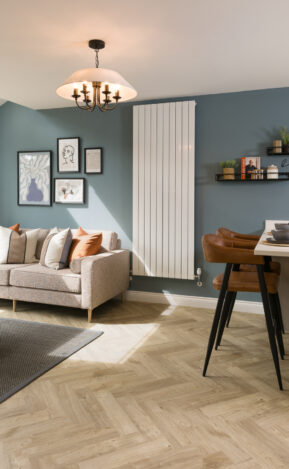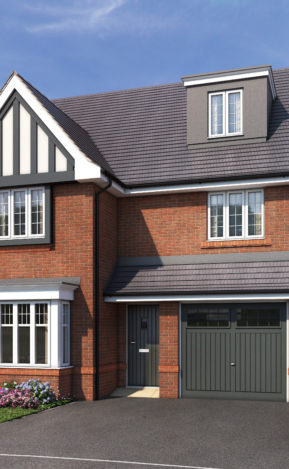<< Back to News & Inspiration |
Designing your new space – Top tips from our Interior Designer
September 15th, 2023
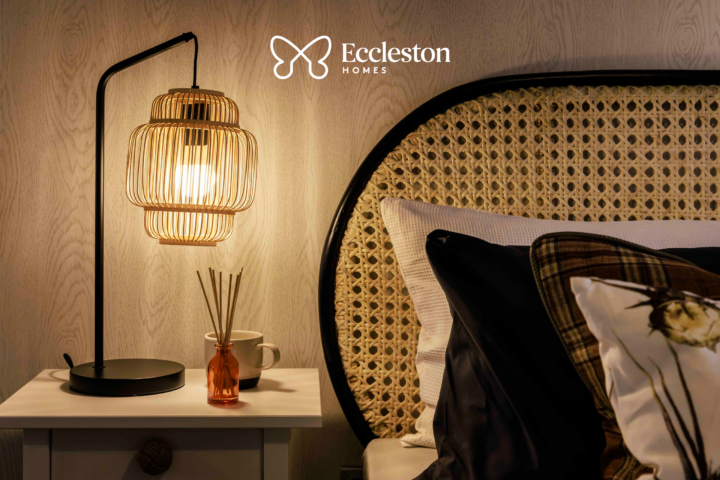
Stepping into a pristine, untouched space offers boundless opportunities for creating the home of your dreams. However, it’s completely natural to feel overwhelmed by the prospect of designing your new space from scratch.
The blank canvas might seem daunting, but with a little guidance and insight into interior design, you can transform your new build into a cohesive and harmonious sanctuary that reflects your style and personality.
We asked our amazing interior designer, Katie from Design House to share some practical tips to help you approach your new home with confidence.
1. Embrace the Potential
A blank canvas is your chance to start fresh and let your creativity run wild. Instead of feeling overwhelmed, embrace the potential that a new build offers. Imagine the possibilities: every wall, every corner is yours to shape. This mindset shift from “overwhelming” to “exciting opportunity” can set a positive tone for your interior design journey.
2. Begin with a Vision
Before diving into design websites and paint swatches, take a moment to envision the atmosphere you want to create. What emotions do you want your home to evoke? Tranquility, energy, warmth? Having a clear vision will guide your choices and ensure a consistent and harmonious look throughout your home. Whether physical or online start collating imagery and products that you instinctively love.
3. Focus on the Essentials
Start with the basics – the foundational elements that will set the tone for your design. Begin by selecting a neutral colour palette for walls and floors. Neutrals serve as a versatile backdrop that complements a range of design styles and allows you to introduce pops of colour through furnishings and accessories.
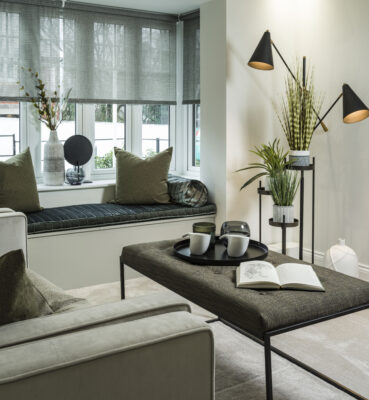
4. Plan for Cohesion
To achieve a cohesive look, establish a sense of flow between rooms. This doesn’t mean every room should be identical, but there should be a common thread that ties them together. Consider using consistent materials, colours, or design elements that transition seamlessly from one space to another.
5. Create Zones
If your new build features an open floor plan, consider breaking the space into functional zones. Area rugs, furniture placement, and lighting can help define different areas, such as the living, dining, and kitchen spaces. These zones maintain a sense of organisation and purpose while allowing for a harmonious overall design.
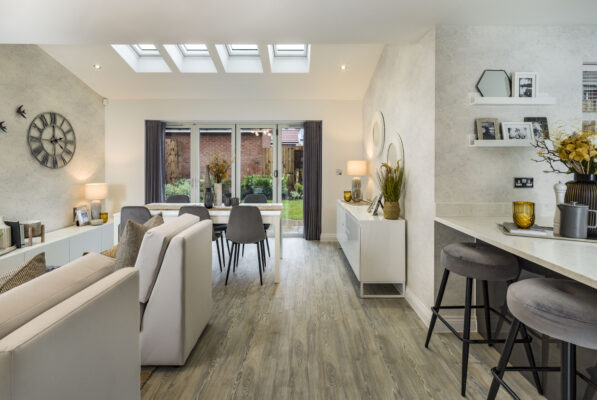
6. Mix and Match
Incorporate a mix of furniture styles and textures to add depth and personality to your home. Don’t be afraid to blend modern pieces with vintage finds or to pair contrasting textures like smooth surfaces with rough ones. This eclectic approach can infuse your space with character and visual interest.
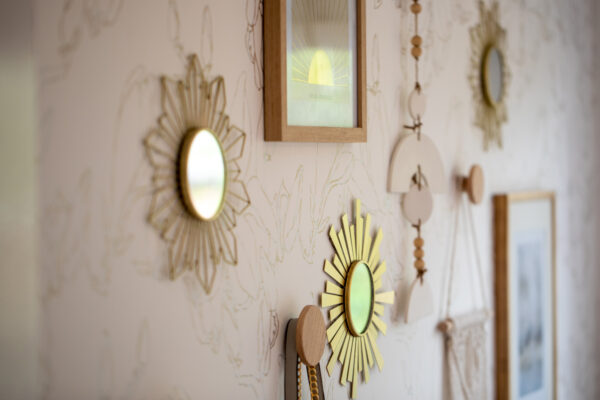
7. Personalise with Accessories
Accessories are where you can truly inject your personality into the design. Display family photos, artwork, and sentimental items to make your new build feel like home. Remember, these details tell your story and create a warm and inviting atmosphere.
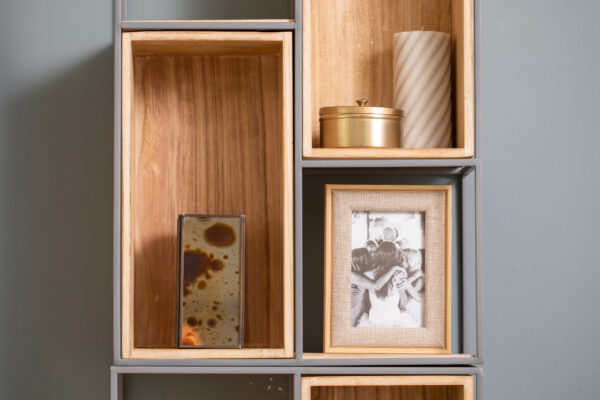
8. Illuminate with Lighting
Proper lighting can transform the ambiance of a room. Consider a combination of ambient, task, and accent lighting to create depth and focal points. Well-placed lighting not only enhances your design but also enhances the functionality of each space.
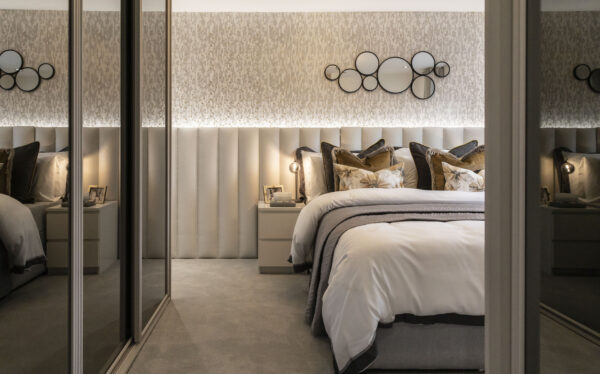
9. Seek Professional Advice
If you’re feeling unsure about how to approach interior design, don’t hesitate to seek the guidance of a professional interior designer. They can help you translate your vision into a tangible plan, offer expert advice, and ensure that your new build home becomes a reflection of your style and preferences.
10. Take inspiration from our showhomes
We have a number of showhomes across the North West, each with a unique style. Check out our developments here and see how we’ve transformed a new build into a harmonious and inviting haven that truly feels like home.

